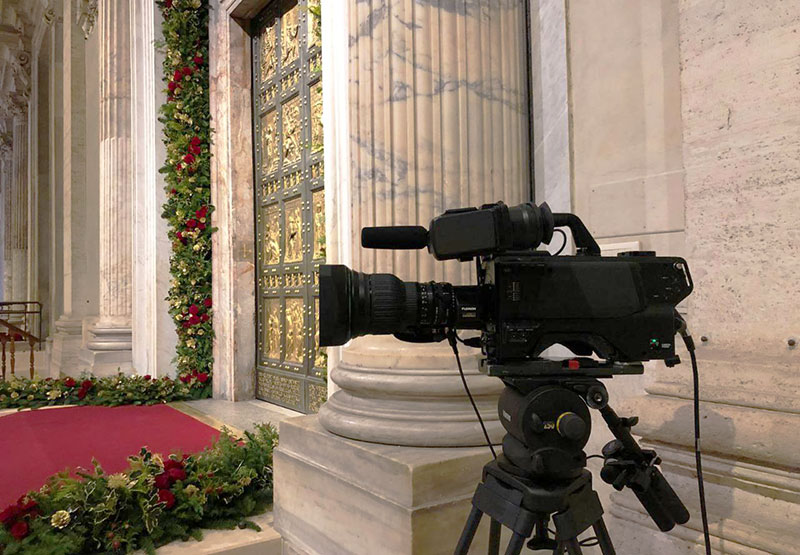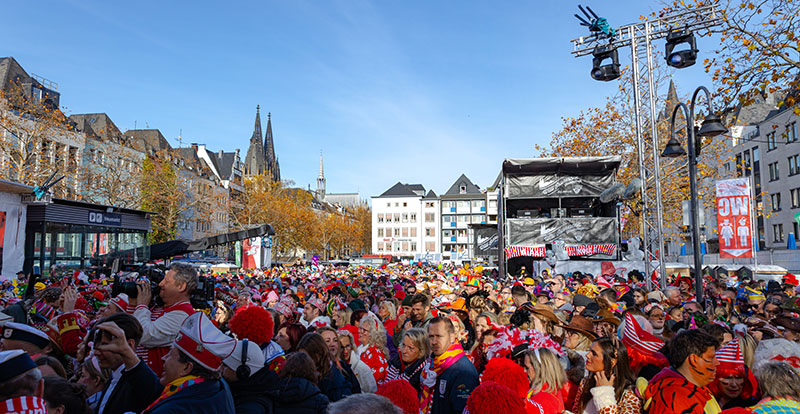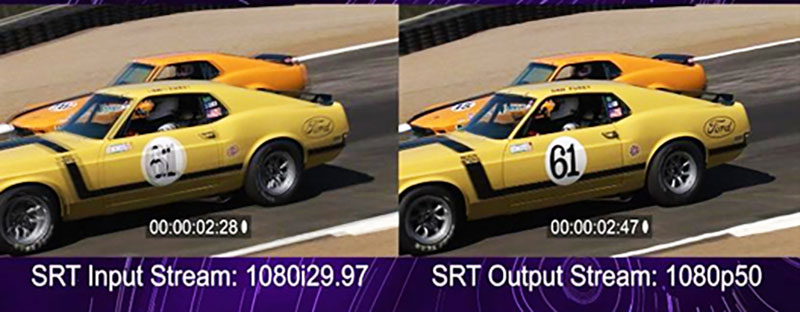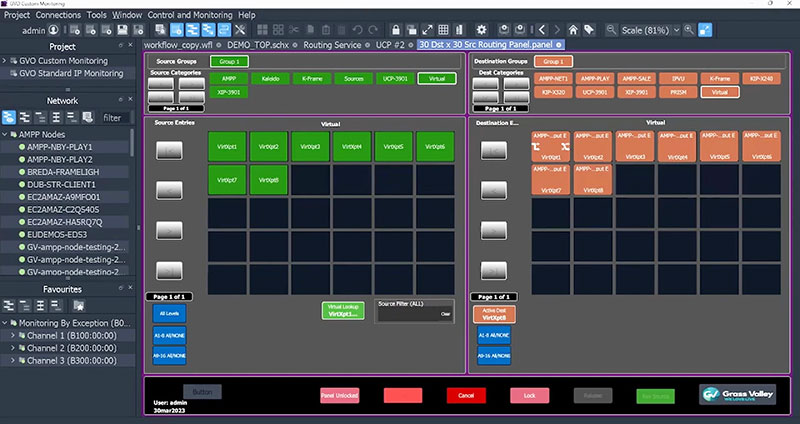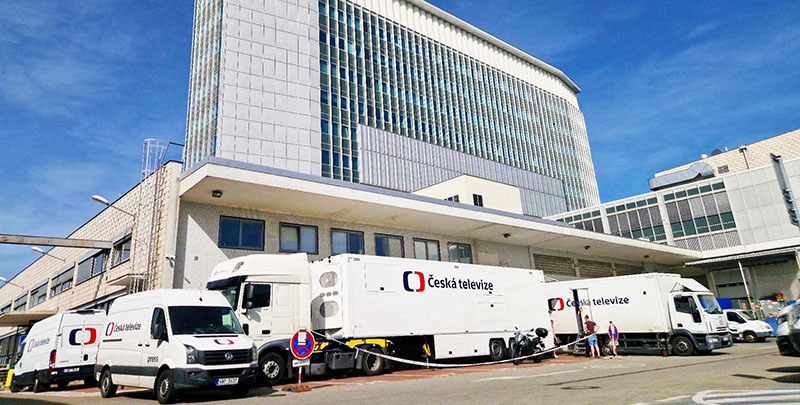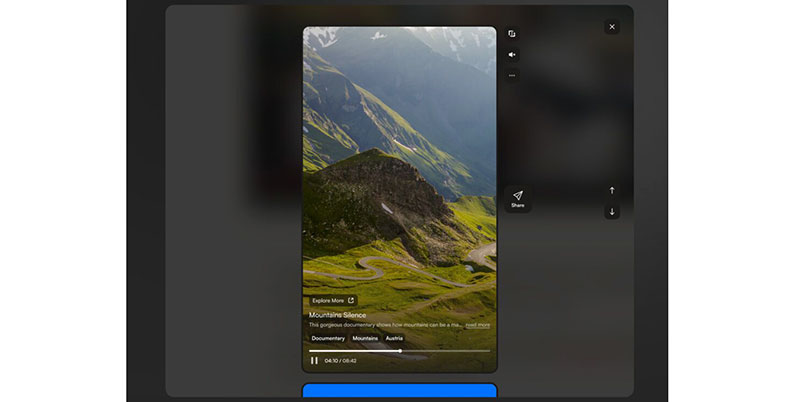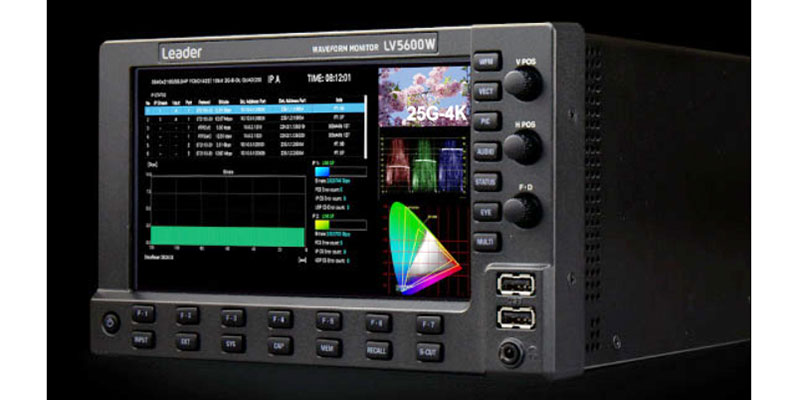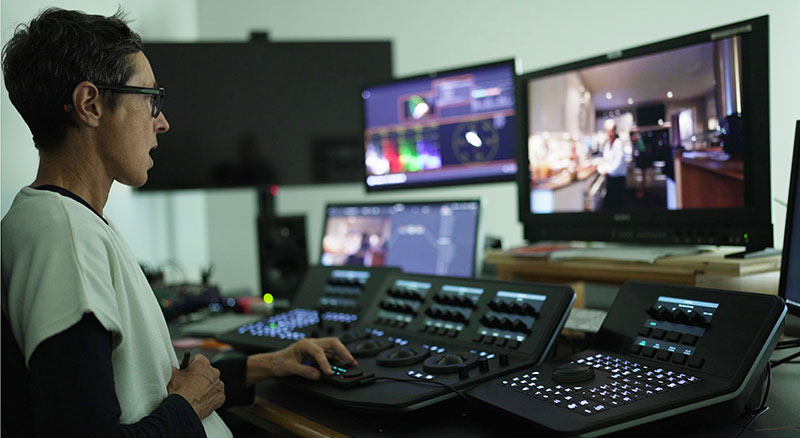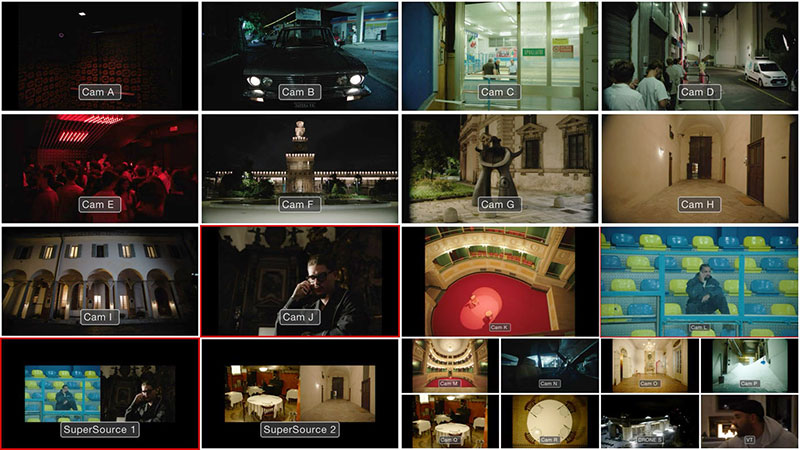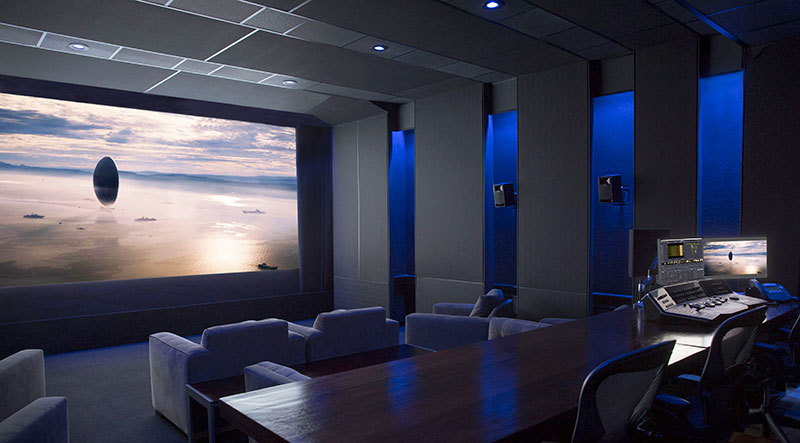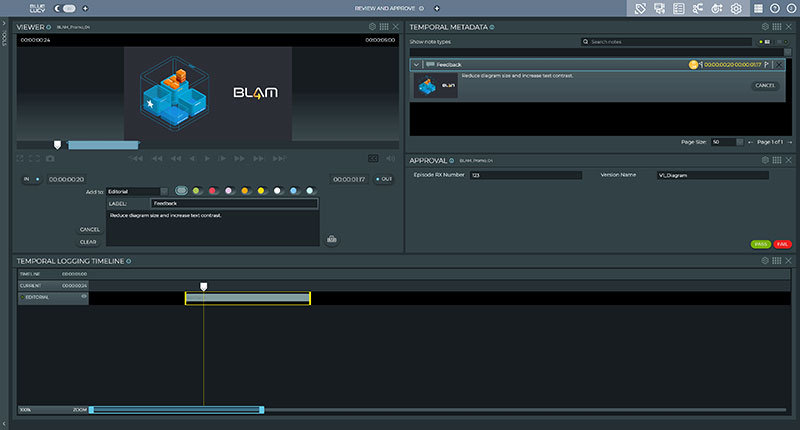Two Wheels adopted Harmonic’s VOS 360 Media SaaS and encoding/decoding to distribute live low-latency video at broadcast quality to affiliates across Asia, at scale and in real itime.
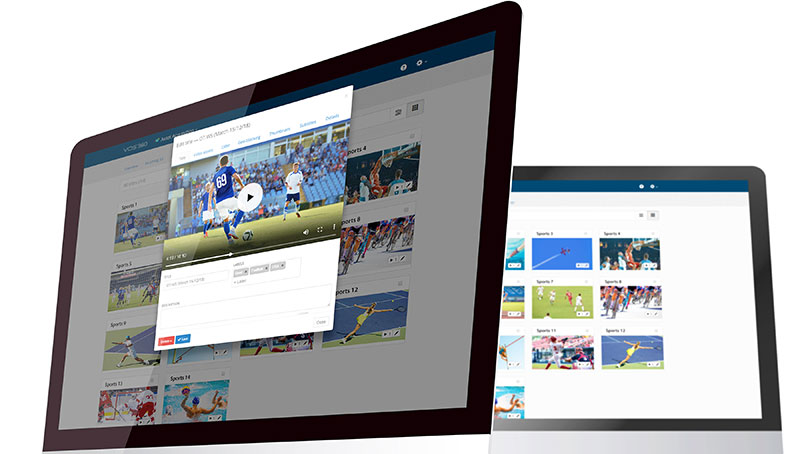
Malaysian Motorsport organization Two Wheels Motor Racing has a single goal – to bring the thrill of motorcycle racing to fans across Asia. Mohd Noorharif Jaafar, the company’s TV producer and coordinator, believes delivering live sports events efficiently is critical to this mission. Two Wheels distributes live video to the affiliates of various broadcast services in Malaysia and Asia, and recently has migrated from satellite to the internet for its media processing and delivery tasks.
The company has started working with the Harmonic VOS 360 Media SaaS, with the ViBE CP9000 contribution encoder and ProView 8100 IRD devices. Mohd Noorharif Jaafar said, “Since adopting the new systems, as well as reducing our dependency on satellites, we have been able to simplify these operations and significantly lower delivery costs.”
Harmonic’s VOS360 Media platform simplifies the stages of media processing for broadcast services – from ingest and asset acquisition to encoding and delivery – by unifying the processing chain into a single layer. It includes multi-CDN capabilities and real-time scaling of the system capacity to help optimize video delivery, and a VOS API is available for integrations with many different media applications. A cloud agnostic design gives the system geographic redundancy and options to use multiple clouds.
Deploying the platform as a live routing system that efficiently distributes live streams to affiliates, Two Wheels uses the VOS360 platform to deliver their live, large-scale motorsports events reliably and at scale, with high resiliancy.
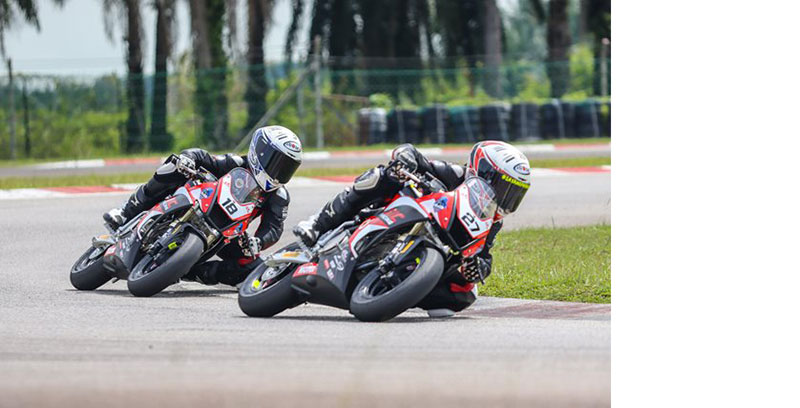
Bitrate, Quality of Experience and Cost
For content providers such as Two Wheels, delivering the expected quality of experience while staying within the constraints of OTT video streaming networks, involves specific challenges. Also, the need to support a huge array of devices and adaptive bitrate (ABR) profile sets, as well as dependence on the MPEG-4 AVC codec, requires very high bandwidth and drives up CDN and storage costs.
High-bitrate encoding to maintain video quality may further strain the delivery network. Therefore, supplying the best possible video quality, while controlling capital and operational expenses, can be costly and complex in itself. Compression is an important factor here.
During encoding, Harmonic’s EyeQ compression assesses and adjusts encoding parameters, without adding latency, to take advantage of the way human vision works – such as identifying individual shapes in a video image. People are also more sensitive to changes in contrast than to differences in luminance, and to motion than to texture, and can recognize faces. By prioritising those characteristics over less relevant elements in a video frame, EyeQ can effectively optimize the balance between video quality and bandwidth.
Fully measuring visual quality in real time, AI algorithms then guide the codec, with help from the user, to focus bits where and when they are most noticeable to viewers and reduce bits where they matter less. In this way, EyeQ uses only the bits needed to hit quality targets, which in turn allows more consistent visual quality and saves on bandwidth.
Encoding and Decoding Flexibility and Control

The Harmonic ViBE CP9000 contribution encoder ingests the live feeds with ultra-low latency, preserving video quality with real-time HEVC H.265 and AVC H.264. It features a web-based user interface, and supports HLG, PQ10, HDR10 and S-Log3 HDR content. Its output types are also diverse, including ST 2110 or SRT. Supplied as a single piece of hardware, all of the encoder’s features are available and upgradeable via software and licensing.
A key value of the ProView 8100 IRD decoder is flexibility. ProView 8100 IRD helps Two Wheels support many different interfaces, including two independent RF ports, DVB-ASI and IP inputs and outputs, and 3G HD-SDI and HDMI outputs. This means they can control the quality of the video reception over the internet on the affiliate side, lessening their dependence on satellite and fibre transport. The decoder can also support the extraction of encapsulated video content as Multiprotocol Encapsulation (MPE) data for offline distribution, specially useful for distribution of syndicated content to network affiliates.
“By migrating from satellite to the internet for live sports event distribution with Harmonic’s VOS360 solution running on the cloud, TWMR has unlocked increased flexibility, cost savings and scalability,” said Tony Berthaud, vice president of sales, APAC and EMEA, at Harmonic. “This shift enables TWMR to deliver high-quality content to audiences across the APAC region with greater efficiency and reliability than ever before.” www.harmonicinc.com




